Mesopotamia// Mesopotamia
The rivers Euphrates and Tigris are located today in the countries of Turkey, Iraq and Syria. 6,000 years ago, the large parts of these areas were simply called Mesopotamia, which means “the land between the rivers”.
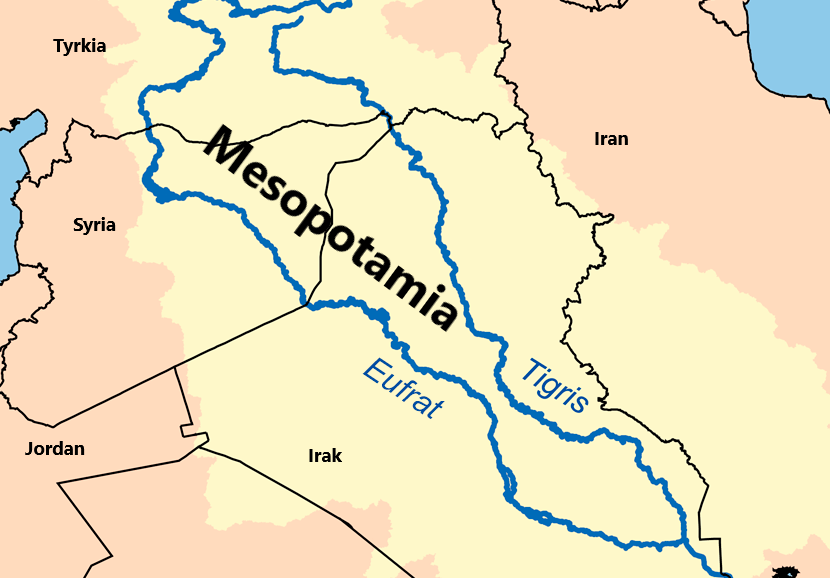
The climate in the area has always been warm and good, but also very dry. However, much of the fruit sold in Norway comes from this area. The area is fertile. How can it be so dry, and at the same time so fertile?
As you have probably guessed, the rivers are the explanation. Without the big rivers, the area would have been more desert, and for that reason almost nothing would grow there.
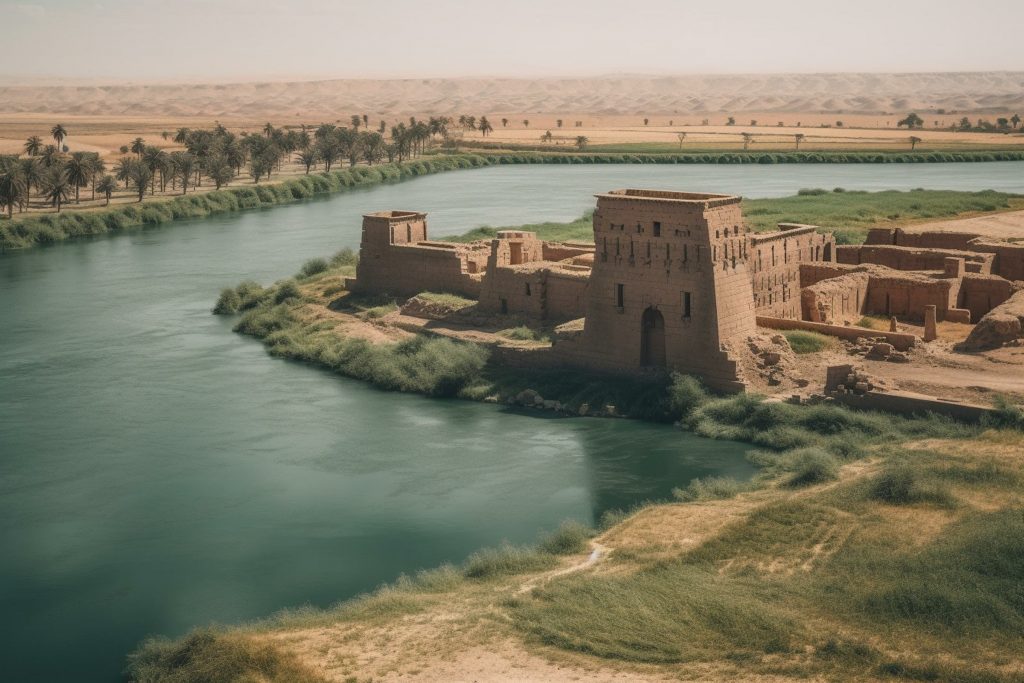
In the spring, when the snow in the mountains melted, the rivers were flooded. The water rose and overflowed its banks. When the water receded and the rivers were back to their normal width, fertile mud was left on the fields. This sludge contained good and nutritious soil.
The people of Mesopotamia developed many good techniques and tools to utilise the water in the best possible way. With all the water they had, they could make the soil fertile and grow almost anything they wanted. In addition, there were many fish in the rivers.
The first farmers
The people who lived in Mesopotamia were the first farmers. They were the first to start growing wheat. By ploughing, watering and fertilising the soil, they discovered that the soil became very fertile. This resulted to that they could harvest wheat grains several times within a year. Larger crops and more food resulted to that they could collect as well as store the food for later use. To help them with their work, they used animals such as oxen and horses. The people of Mesopotamia were the first to start with livestock.
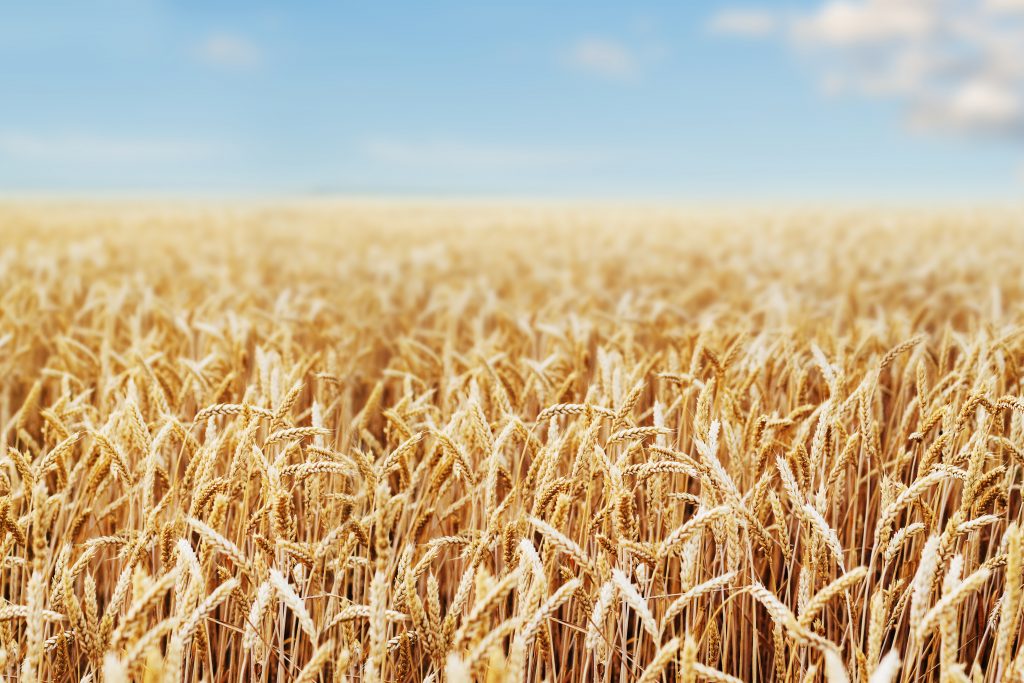
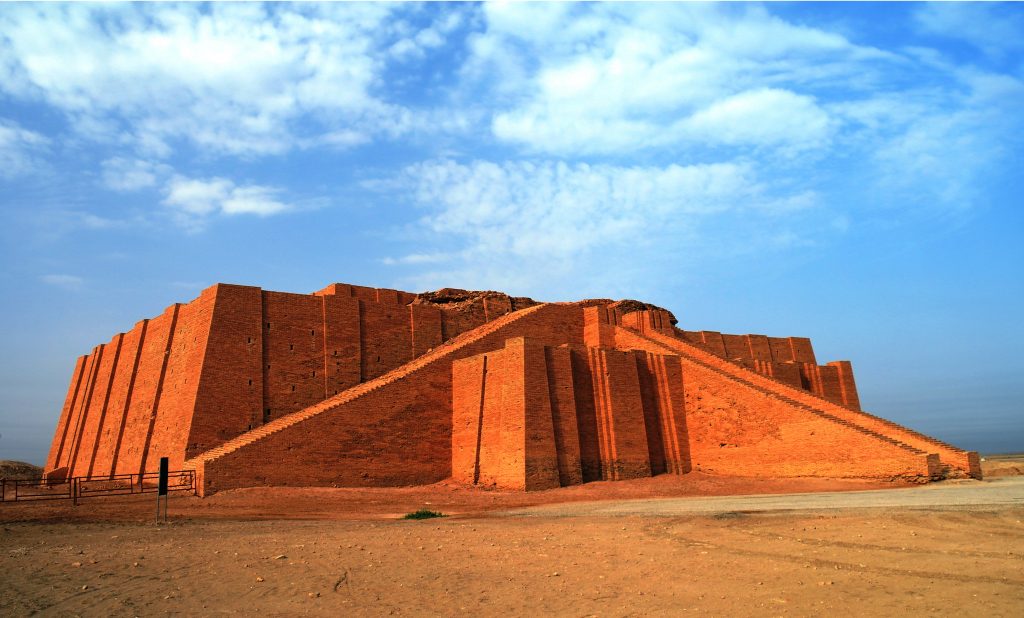
There was a lot to live off in Mesopotamia, which led many to move there. This is how the world’s first cities emerged. This was many thousands of years ago. Eventually the cities became well organised. They also had schools and a military. Mesopotamia is known for its temples called ziggurats, and other amazing structures. People had several different occupations. Some call the people of Mesopotamia the first cultured people.
Inventions
In the very south of Mesopotamia was the country of Sumer. The Sumerians made several important inventions, such as in mathematics and geometry. They created a number system using 60 as the base number. We use part of it today. An hour has 60 minutes and a minute has 60 seconds. We divide the circle into 360 degrees.
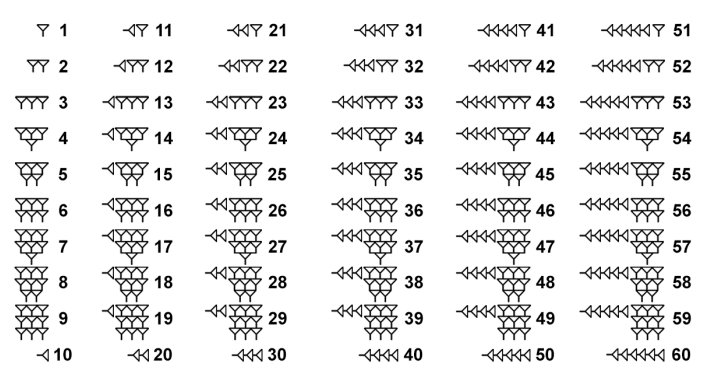
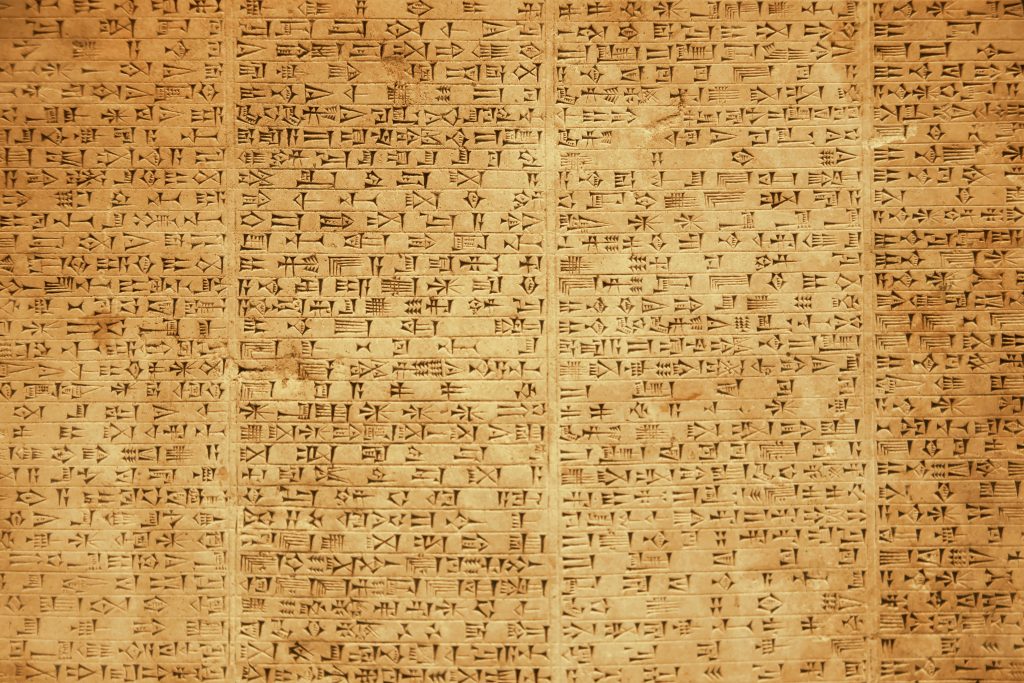
Between 3500 and 3000 BC In the fourth century B.C. they developed a writing system called cuneiform. Cuneiform was originally pictorial writing. It was eventually simplified and images were replaced by characters. The Sumerians wrote on clay tablets and in stone. The art of writing spread eastwards and westwards, including as far as Egypt. Other inventions is for example the wheel and the plow. They also put keels on their boats so they wouldn’t capsize easily, and they started using sails so they didn’t have to constantly row.
Cities
The Sumerians built large cities. The largest city of Sumer was called Uruk. The city of Ur was another important trading city with connections to the sea. Each city was often its own state with its own king. The kings had great power as they were also religious leaders. The king, his servants, the priests and the craftsmen lived in the cities.
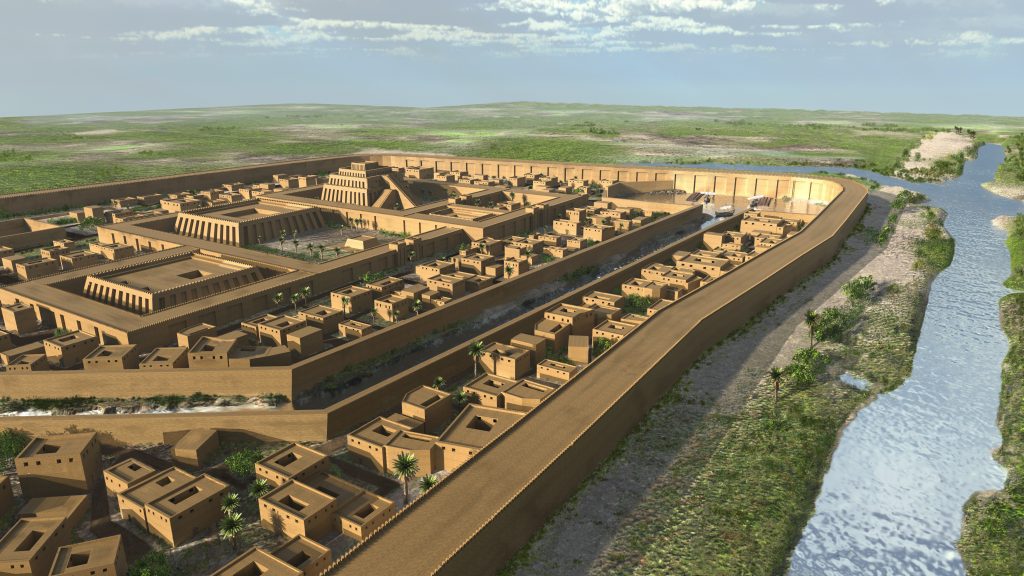
There were often walls round the entire city to protect them from the enemies. The farmers who lived around the city had to pay taxes to the king in the form of grain, meat, fish and vegetables. The Sumerians did not use money to purchase goods. They traded for goods they needed. Merchants sailed abroad and traded copper and gold. The artisans traded food for goods such as ceramics, jewellery and clothing, as well as various utility items.
Important words in the text
to organise
means to arrange something so that it forms a natural (appropriate?) totality.
to collect
means to put together, gather, pick for a certain purpose.
to store or to save
means to keep for later use
to simplify
means to make something easier.
to arise
means that something comes into existence, begins or emerges.
to exploit
means to benefit from something, use it for something that gives you something
to grow
means to produce something such as plants.
to trade
means to give something and get something else instead.
to harvest
means to take in the crop which has been grown.
to flood
means to put under water, the water overflows
to rise / to recede
to rise means that something increases or goes up. To recede means that something decreases or goes down.
to fertilise
means adding substances with high nutritional value to the soil so that the plants grow better.
Ilustrasjon1: Karl Musser, translated labels by User:Mathias-S, CC BY-SA 2.5, via Wikimedia Commons